
Yunnan Travel Must-knows
Hi, I’m Martina! Your Yunnan compass—whether you’re chasing sunrise over rice terraces or sipping Pu’er in a 600-year-old teahouse, I’ll show you how to travel deeper.
As an expert who has explored the enchanting landscapes and vibrant cultures of Yunnan, I can confidently say that this province, often called the “South of the Clouds,” is a destination unlike any other in China. Its unparalleled diversity, from the majestic peaks to the intricate rice terraces and the charming ancient towns, truly captivates every traveler. Planning a trip here can seem daunting given its vastness, but with the right insights, you’ll find that traveling through Yunnan is not only feasible but incredibly rewarding.
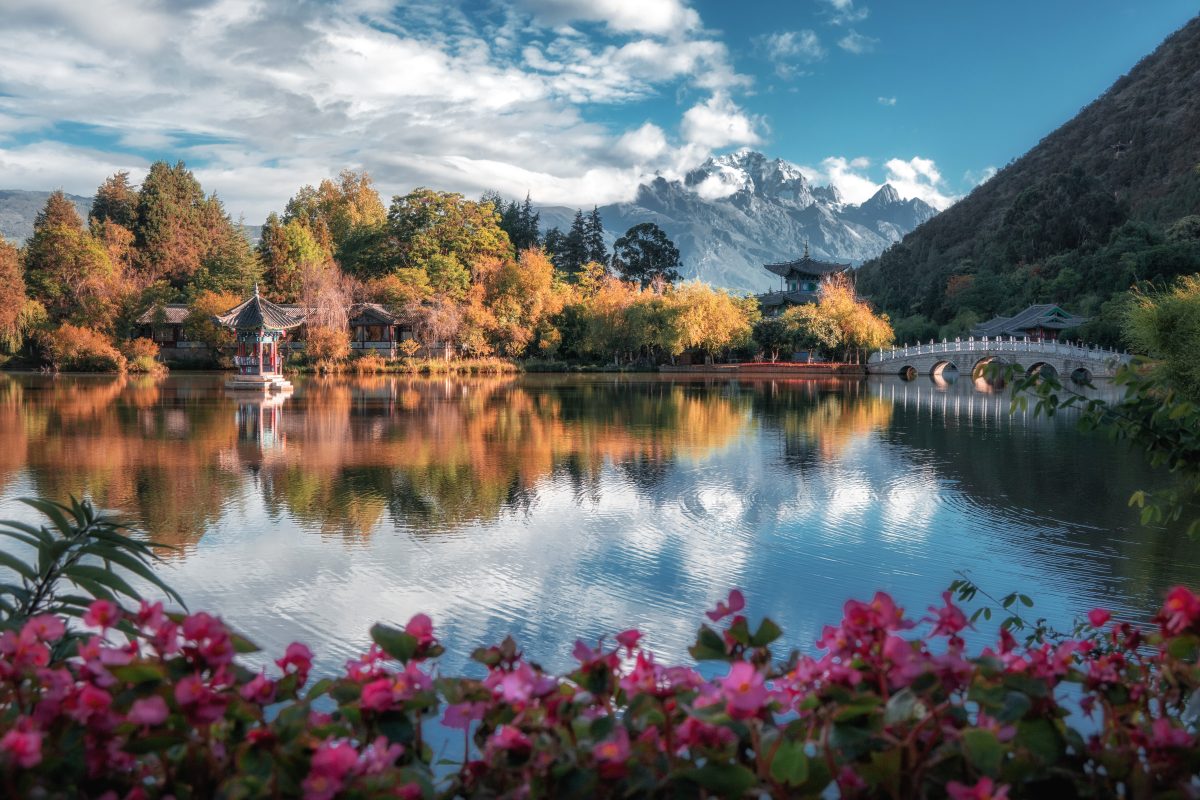
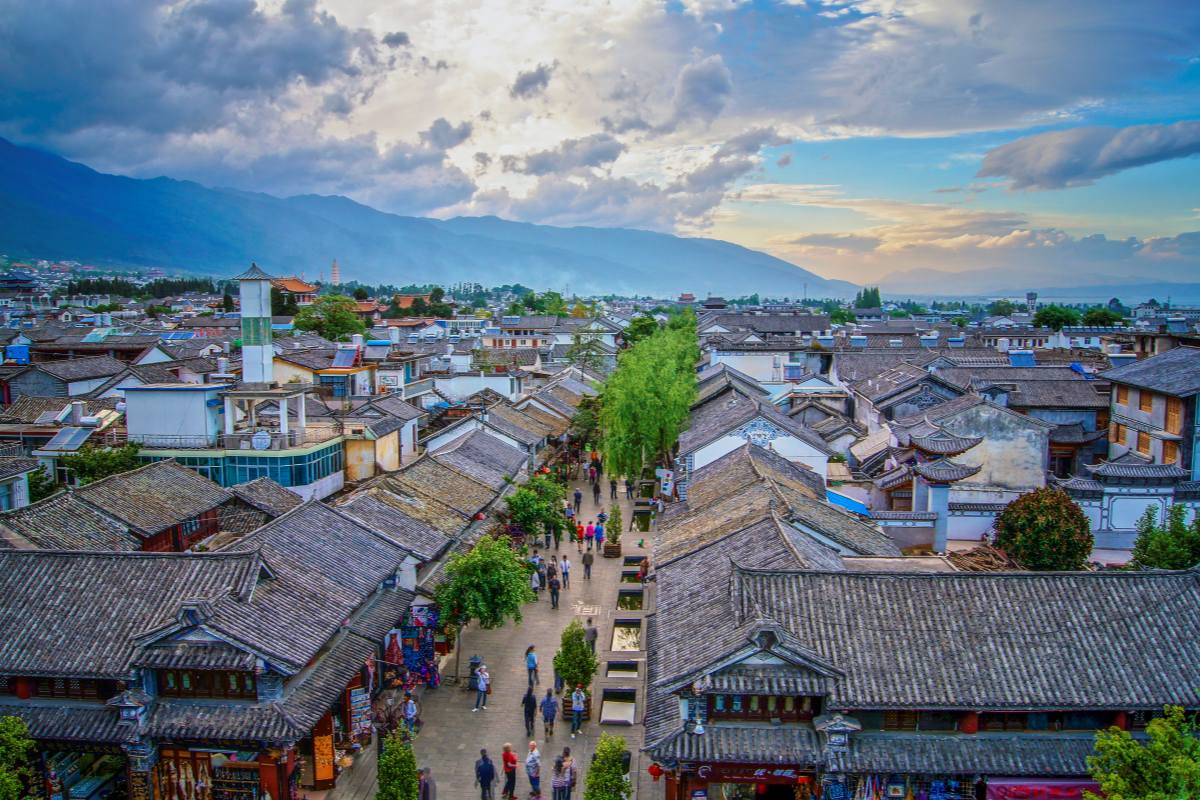
Top Scenic Spots in Yunnan
Yunnan is a treasure trove of natural wonders and cultural gems. During my travels, I’ve found that each region offers a distinct charm, promising a diverse and enriching experience. Here are some must-visit destinations:
1. Kunming: The Spring City Gateway
Kunming, the provincial capital, is often your first point of entry and much more than just a transit hub. Its mild climate, earning it the moniker “Spring City,” makes it pleasant year-round. Don’t miss the Stone Forest, an incredible karst landscape that feels like stepping onto another planet. The Yunnan Provincial Museum offers a deep dive into the region’s rich history and diverse ethnic cultures, and Green Lake Park is perfect for a leisurely stroll.
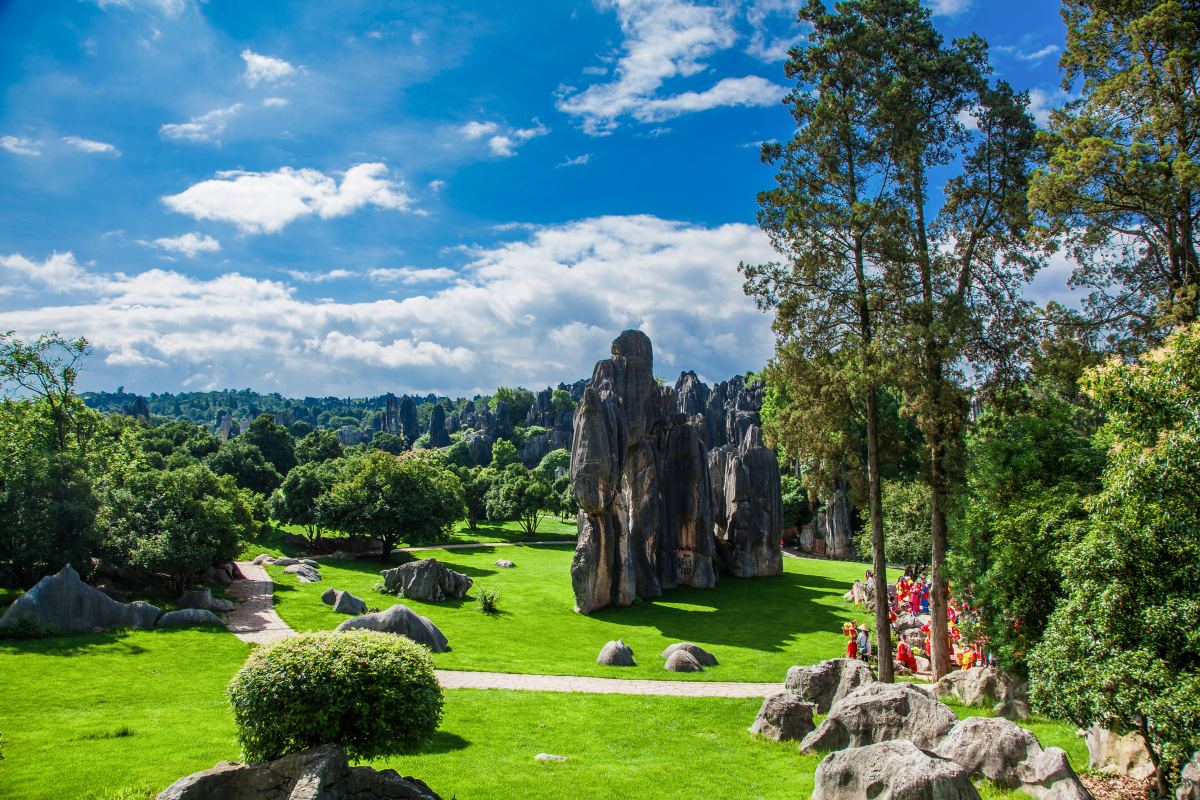
2. Dali: Ancient Charm by Erhai Lake
Dali, with its picturesque Old Town and the stunning Erhai Lake, is a personal favorite. The ancient town, once the capital of the Nanzhao Kingdom, exudes a serene atmosphere. Cycling around Erhai Lake offers breathtaking views of Mount Cangshan and the surrounding Bai ethnic villages. It’s a place where time seems to slow down, allowing for true immersion.
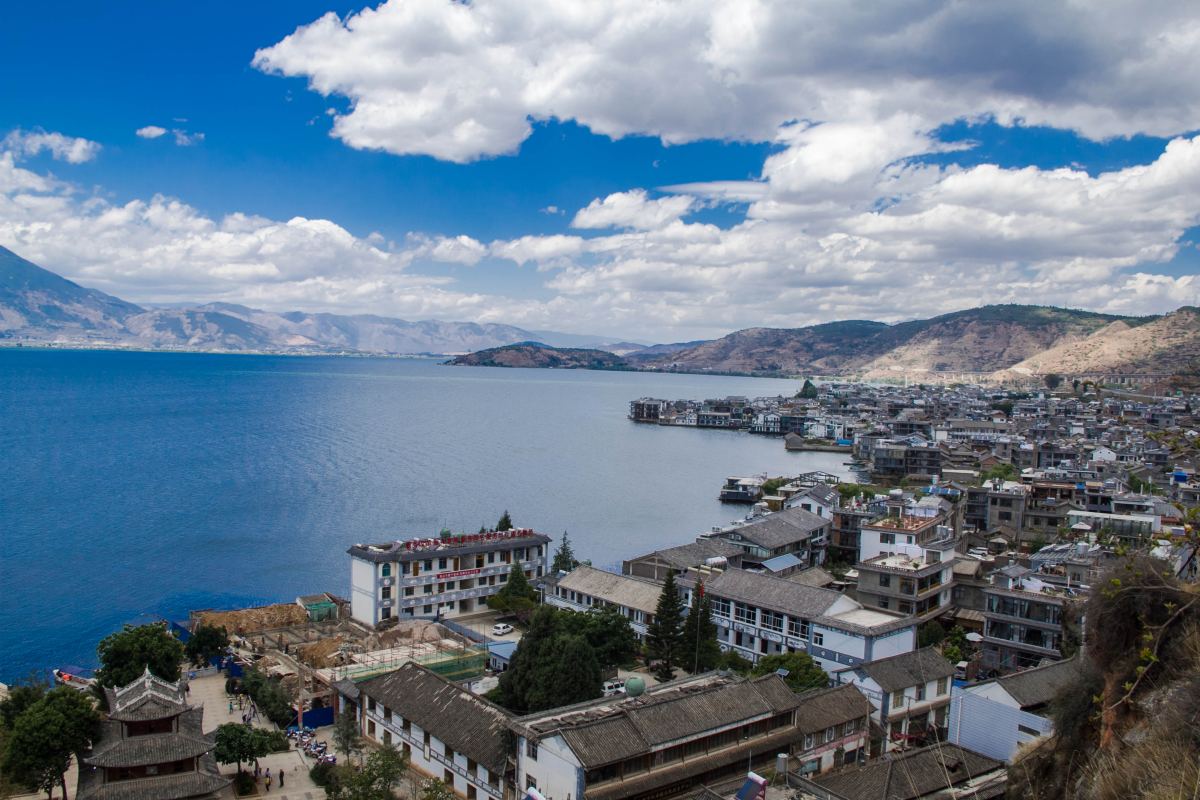
3. Lijiang: A UNESCO World Heritage Gem
Lijiang’s Old Town, a UNESCO World Heritage Site, is truly iconic with its intricate canals and traditional Naxi architecture. While it can be busy, the charm of wandering its cobbled streets and exploring its hidden courtyards is undeniable. From Lijiang, you can easily access the majestic Jade Dragon Snow Mountain, a truly awe-inspiring sight with its snow-capped peaks and stunning glaciers. The Impression Lijiang show, set against the backdrop of the mountain, is a powerful cultural experience.
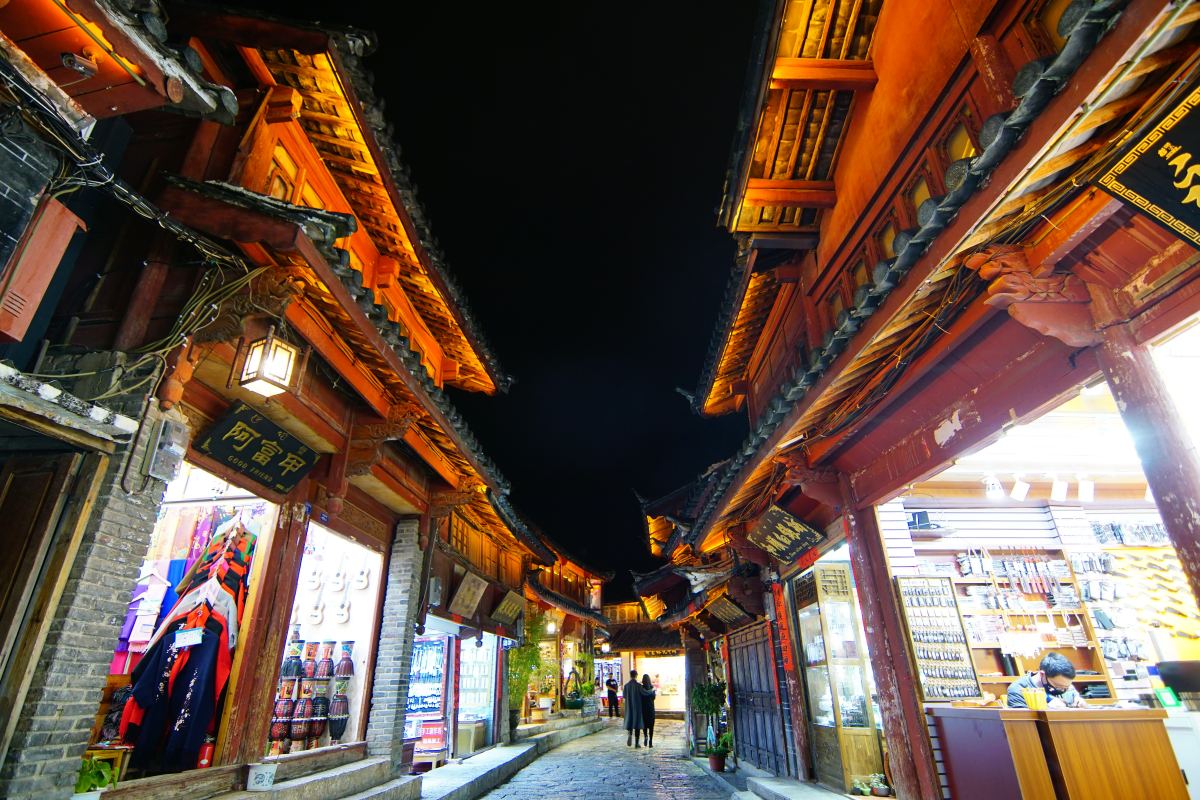
4. Shangri-La: The Lost Horizon
Journeying north from Lijiang, you reach Shangri-La, a Tibetan-influenced town nestled amidst stunning mountain scenery. This is where you truly feel the spirit of the “Lost Horizon.” The Ganden Sumtseling Monastery, often called the “Small Potala Palace,” is a magnificent testament to Tibetan Buddhism. The natural beauty here, including Pudacuo National Park, is breathtaking and offers opportunities for serene hikes.
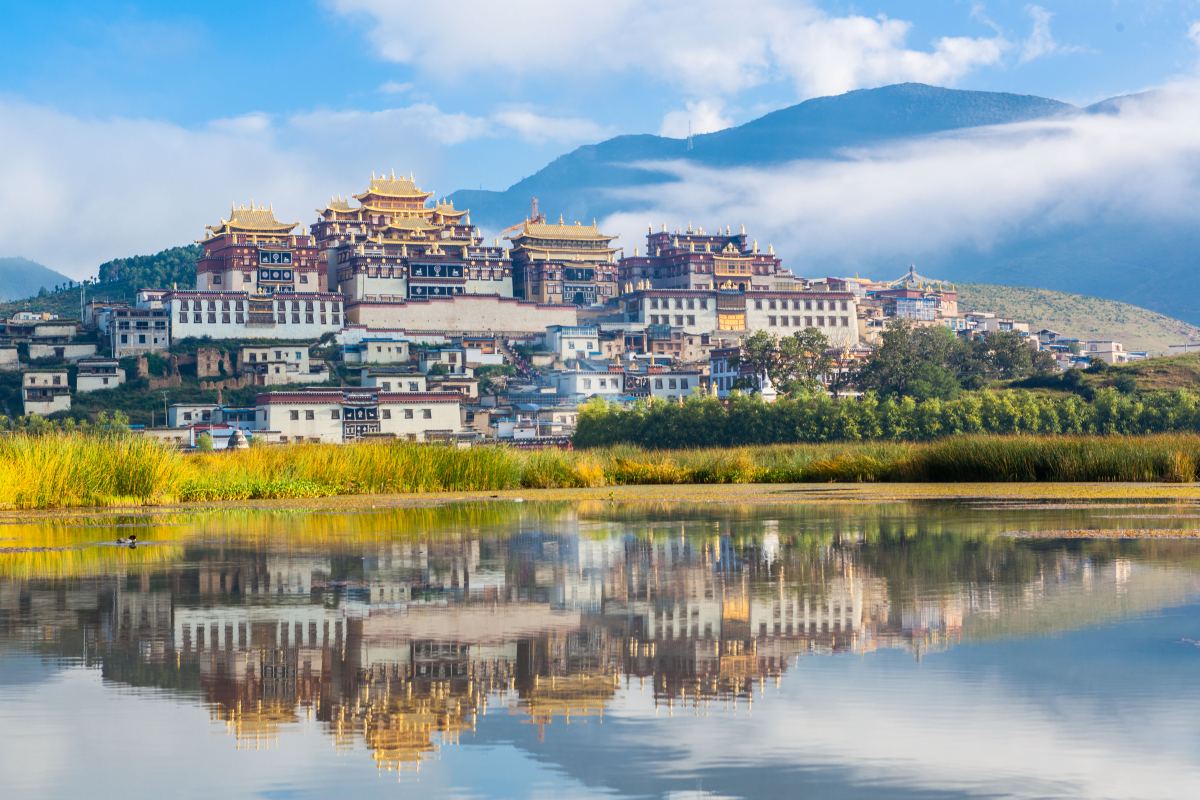
5. Yuanyang: Terraces of Timeless Beauty
For those seeking unique landscapes, the Yuanyang Rice Terraces are a marvel of agricultural ingenuity and a UNESCO World Heritage Cultural Landscape. These terraces, carved into the mountainsides by the Hani people over generations, reflect the sky and sunlight in a mesmerizing display, especially during sunrise and sunset. It’s a photographer’s dream and a humbling experience to witness.
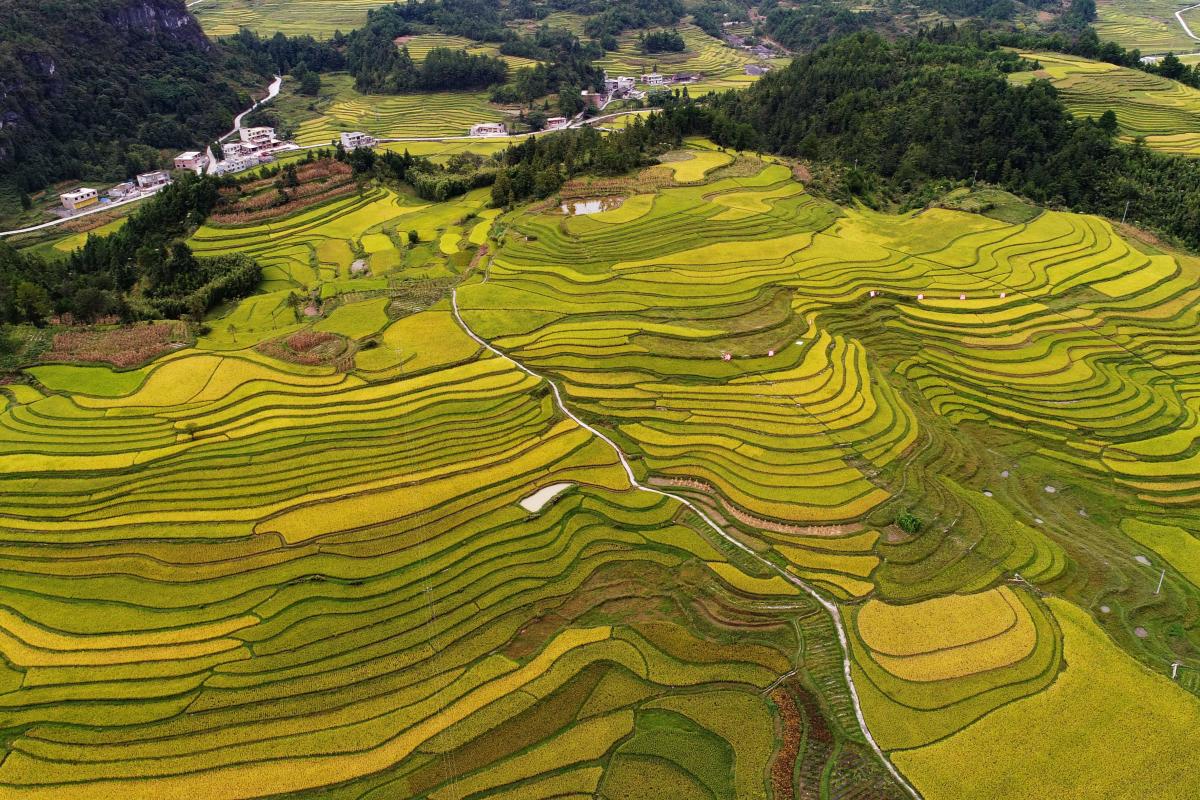
7. Jade Dragon Snow Mountain
Jade Dragon Snow Mountain, also known as Yulong Snow Mountain, is a spectacular mountain massif located near Lijiang in Yunnan Province, China. It is renowned for its 13 snow-capped peaks that stretch majestically across the horizon, with the highest peak, Shanzidou, reaching an elevation of 5,596 meters (18,360 feet). This mountain is the southernmost glacier mountain in the Northern Hemisphere and is considered sacred by the local Naxi people, who regard it as the home of their protector deity, the war god Sanduo. The striking contrast of black basalt and white limestone gives the mountain its characteristic appearance.
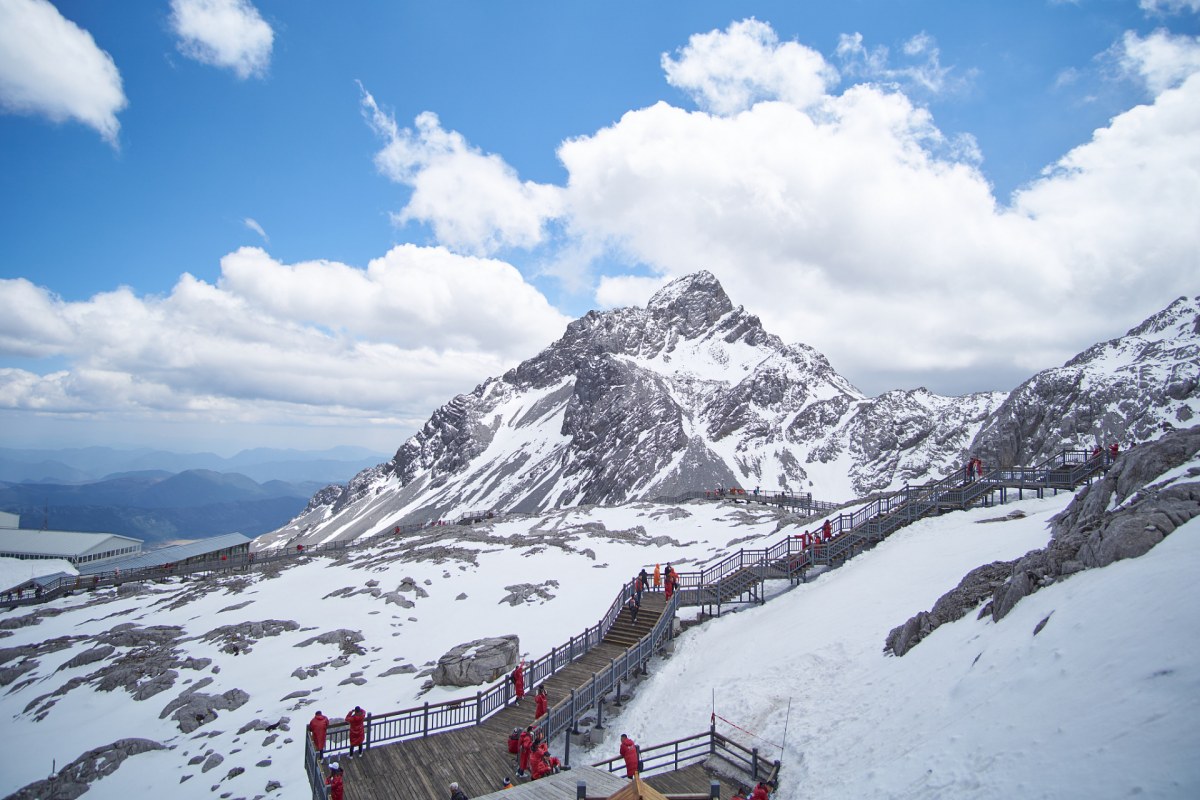
The area offers stunning natural attractions such as Glacier Park with its ancient glaciers, Blue Moon Valley with its crystal clear blue waters, alpine meadows like Spruce and Yak Meadow, and scenic spots like Ganhaizi Meadow. Cultural experiences include traditional Naxi culture and the famous Impression Lijiang outdoor performance set against the mountain’s backdrop. Jade Dragon Snow Mountain is not only a visual marvel but also a hub for hiking, mountaineering, snow activities, and cultural exploration, making it a must-visit destination in Yunnan.
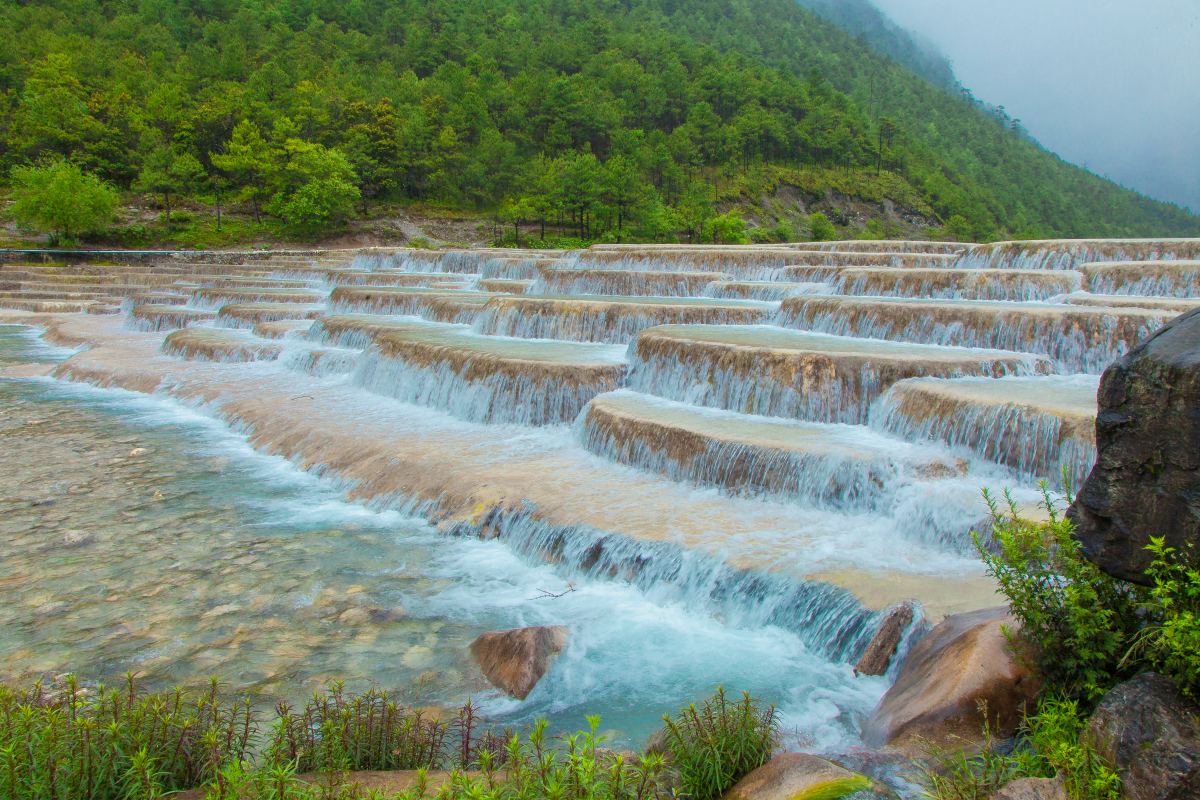
Best Time to Visit Yunnan
Yunnan boasts a generally mild climate year-round, but choosing the best time to visit often depends on your specific interests and the regions you plan to explore. Having experienced various seasons, I can offer some practical advice:
Spring (March to May): The Ideal Window
Many consider spring the overall best time to visit Yunnan. The weather is pleasant, temperatures are comfortable, and wildflowers are in bloom, especially in areas like Lijiang and Shangri-La. This season is perfect for outdoor activities and exploring scenic areas without the intense summer heat or peak tourist crowds.
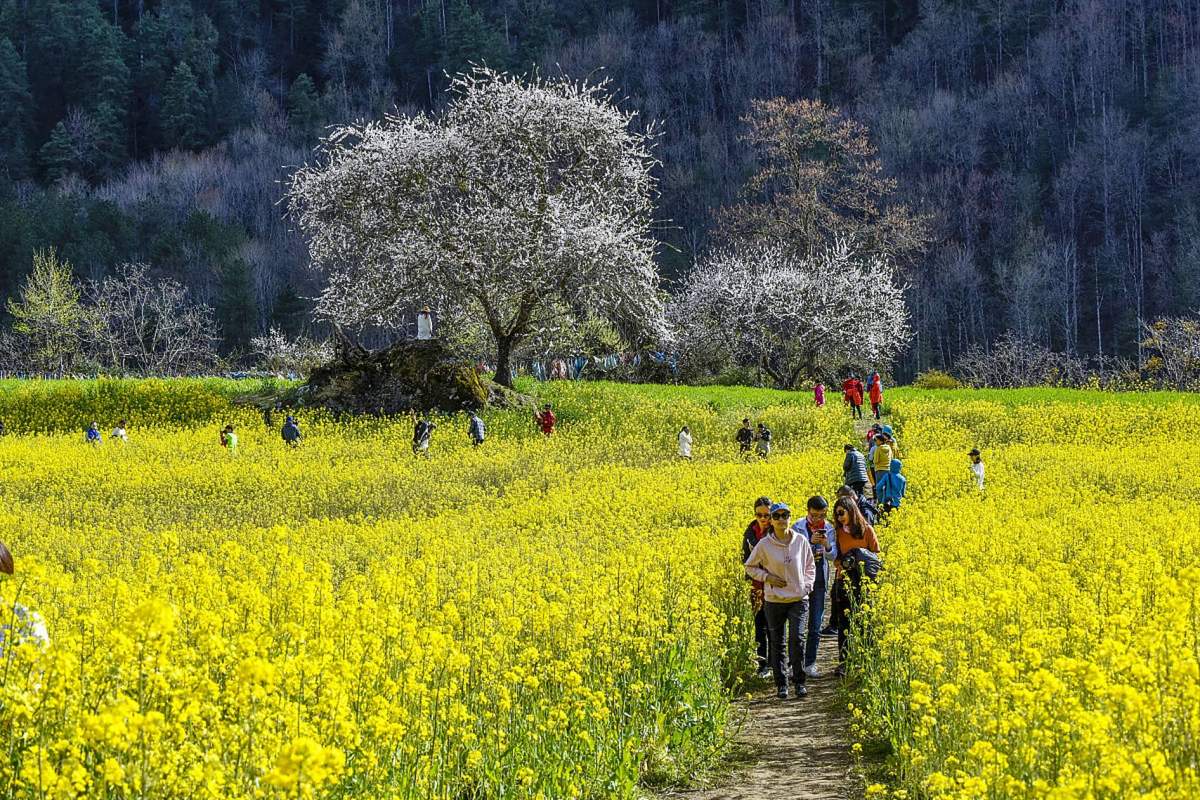
Autumn (September to November): Golden Hues and Clear Skies
Autumn is another excellent period. Following the rainy season, the skies are often clear, and the landscapes take on beautiful golden hues. Mid-to-late October is particularly recommended, avoiding the crowded Golden Week holiday. This season is ideal for photography and enjoying the crisp mountain air.
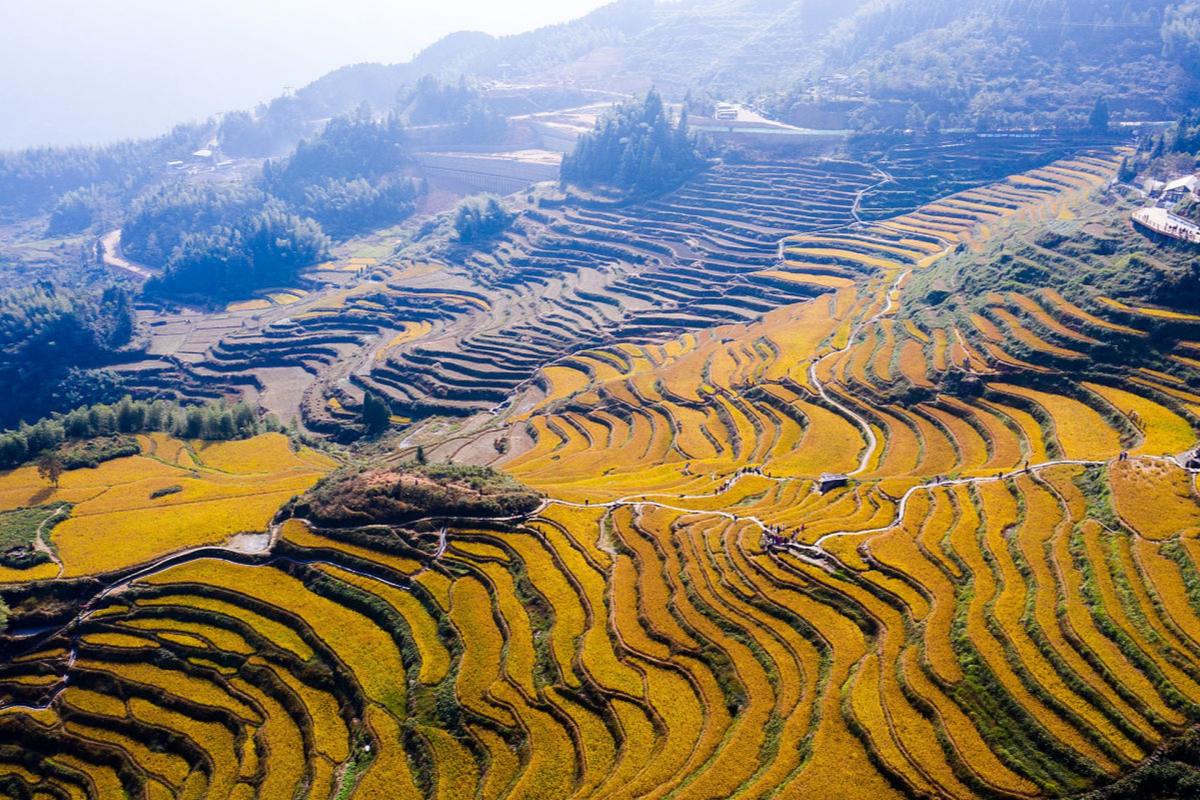
Winter (November to April): Less Rain, Clear Views
While some high-altitude areas might be chilly, winter generally offers less rainfall and exceptionally clear skies, making it great for views of snow-capped mountains. The period from November to April is often cited as best for avoiding rain. Plus, traveling during the off-season can mean fewer crowds and better deals.
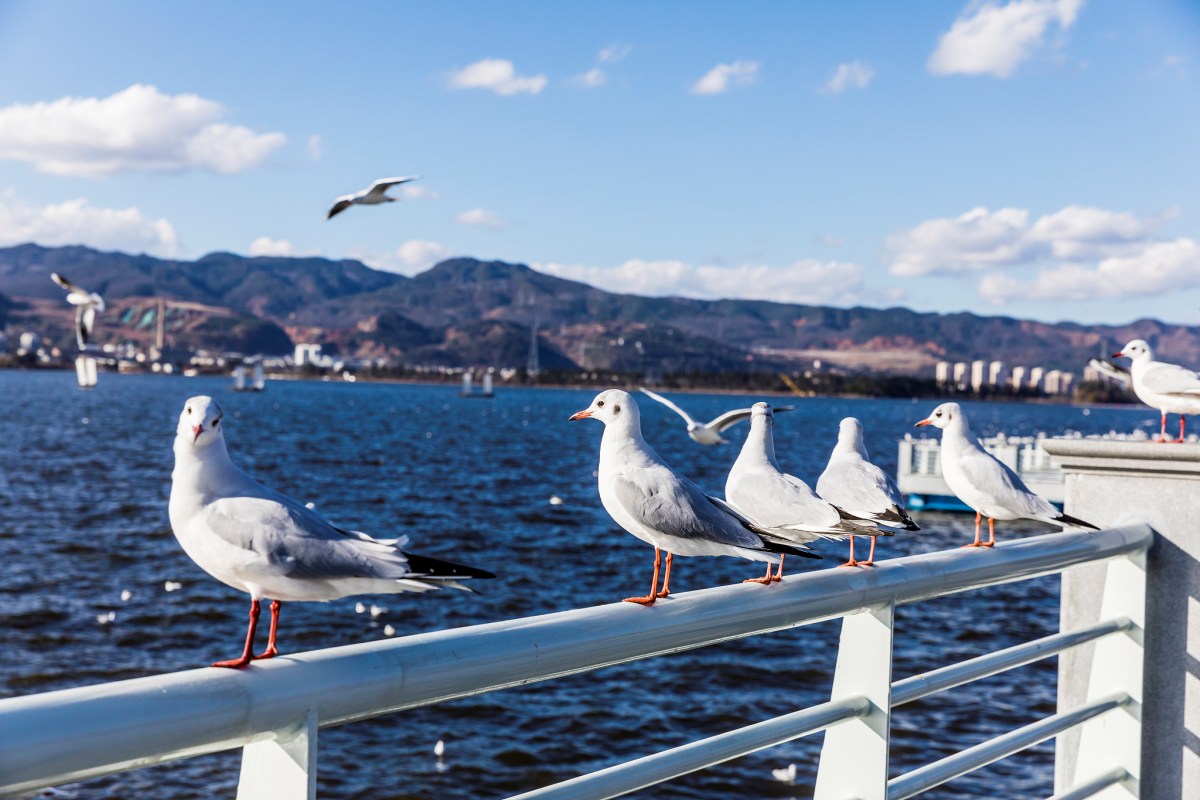
Summer (June to August): Lush Greenery and Rain
Summer brings warmer temperatures and the rainy season, especially in July and August. While the landscapes are lush and vibrant, be prepared for occasional heavy rains, particularly in areas like Lijiang. If you visit during this time, focus on cultural experiences or be flexible with your outdoor plans. Temperatures in Lijiang and Shangri-La typically remain around 25°C even in summer, making them relatively comfortable.
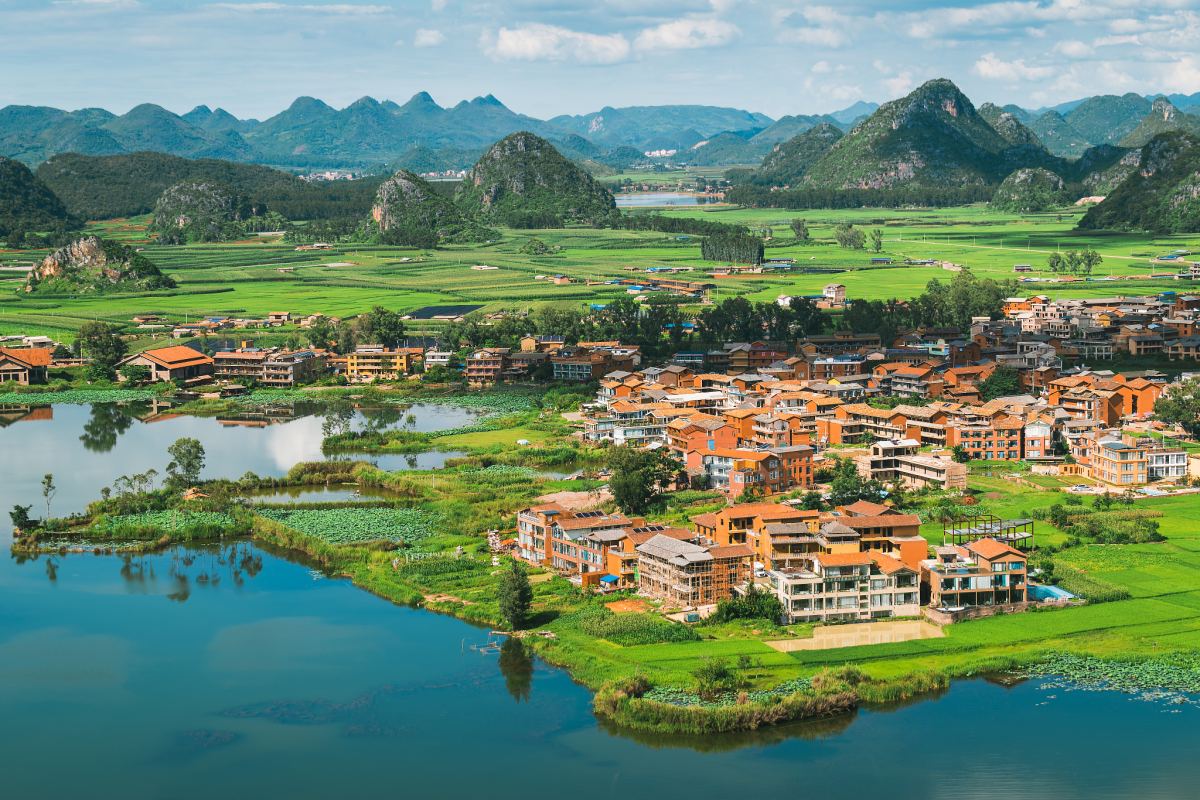
How to Get Around Yunnan
Yunnan offers several transportation options to suit your needs:
High-Speed Train: Speed and Comfort
High-speed rail has revolutionized travel within Yunnan. Major cities like Kunming, Dali, and Lijiang are well-connected, making it fast and comfortable to travel between these popular destinations. For instance, Kunming to Dali takes about 2.5 hours, and Dali to Lijiang is around 2 hours. This is my preferred method for inter-city travel as it allows you to relax and enjoy the scenic views without the stress of driving.
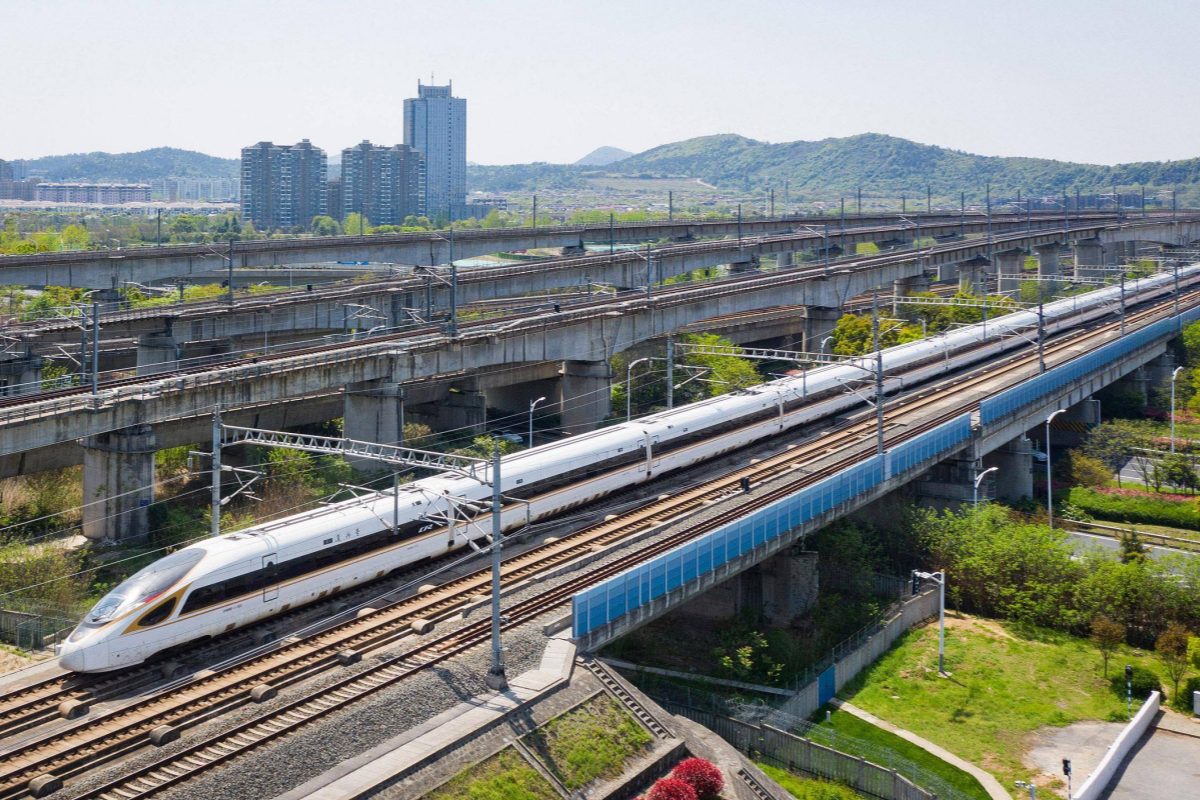
Private Transfer: Convenience and Flexibility
For destinations off the main rail lines, or for travelers who prefer maximum flexibility and comfort, private transfers are an excellent choice. This is especially true for reaching places like Shangri-La from Lijiang, or exploring remote areas like the Yuanyang Rice Terraces. We can offer private cars with experienced drivers and English-speaking guides. The convenience of door-to-door service and the ability to stop at scenic points along the way is invaluable.

Essential Tips for Yunnan Travel
Based on my extensive travels, here are some crucial tips to ensure your Yunnan trip is smooth and enjoyable:
1. What to Pack
Yunnan’s weather varies greatly, especially during the rainy season (May–October). Sudden downpours are common, so pack a lightweight, waterproof jacket and quick-dry clothing. Humidity can be high, so moisture-wicking fabrics help stay comfortable. For footwear, choose waterproof hiking shoes with good grip for slippery trails. Since mornings and evenings can be chilly, layer with a fleece or light sweater. Also, protect electronics with ziplock bags or a dry sack, and consider a dehumidifier bag for your luggage to prevent mold. Don’t forget sun protection—Yunnan’s UV rays are strong even on cloudy days.
2. Respect Local Culture
Yunnan is home to 25 ethnic minorities, each with unique traditions. Dress modestly when visiting temples or villages—avoid shorts or sleeveless tops in sacred spaces like Lijiang’s Dongba shrines. Always ask permission before photographing locals, especially elderly people or religious ceremonies. Some communities, like the Bai in Dali, consider it disrespectful to touch headwear or step on door thresholds. Learn a few phrases in local dialects (e.g., “Nǐ hǎo” for Han Chinese, “Molo” for Yi greetings) to show appreciation. During festivals like the Water-Splashing Festival (Dai people), participate respectfully—follow locals’ cues on how much water to splash (avoid drenching elders). Remove shoes when entering homes, and never point feet at people or altars, a taboo in many cultures.
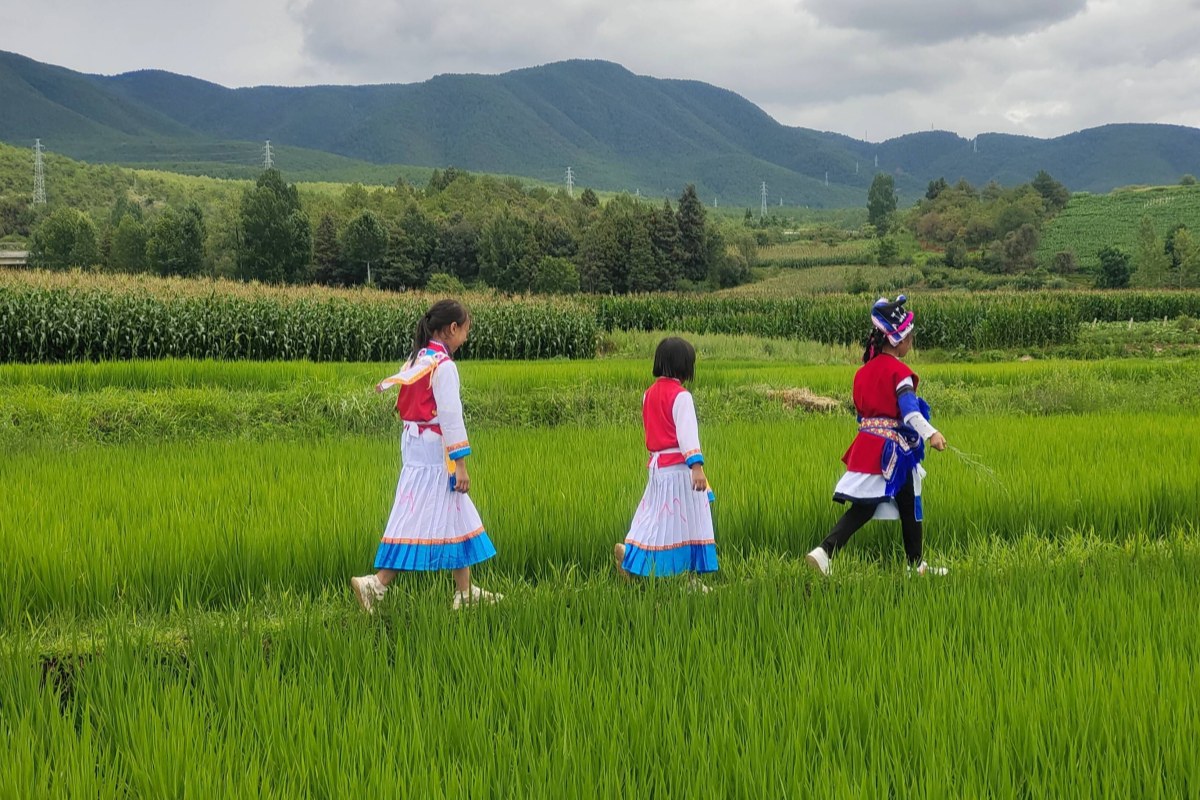
3. Altitude Sickness Awareness
Areas like Shangri-La (3,200m) and Meili Snow Mountain (6,740m) pose altitude risks. Ascend gradually—spend a night in Kunming (1,900m) to acclimatize before heading higher. Watch for symptoms like headaches or nausea; combat these by drinking plenty of water, avoiding alcohol, and eating light, carb-rich meals. Pack altitude sickness pills and oxygen cans (sold in local pharmacies). Keep warm—high-altitude winds are chilly, so wear a windproof jacket and gloves. Physical exertion increases oxygen demand, so avoid strenuous hikes in the first 1–2 days. If symptoms worsen, descend immediately. Hotels in Lijiang or Shangri-La often provide oxygen-equipped rooms—book these if prone to altitude issues.
4. Try Local Cuisine
Yunnan’s food is wildly diverse—don’t miss crossing-the-bridge rice noodles, where raw ingredients are cooked in piping-hot broth at your table. For adventurous eaters, fried yak cheese (Lijiang) or insect dishes (Bamboo worms in Xishuangbanna) are must-tries. Street markets like Kunming’s Guandu Night Market offer rubing (goat cheese) and erkuai (rice cakes). Dai minority cuisine features sour-spicy flavors—try pineapple rice or lemongrass-grilled fish. Drink pu’er tea, a local specialty, to aid digestion. Be cautious with wild mushrooms (available in summer)—only eat them at reputable restaurants to avoid toxins. For snacks, grab Xuanwei ham or rose-flavored pastries (Dali). Always confirm spice levels; Yunnan dishes can be deceptively spicy!
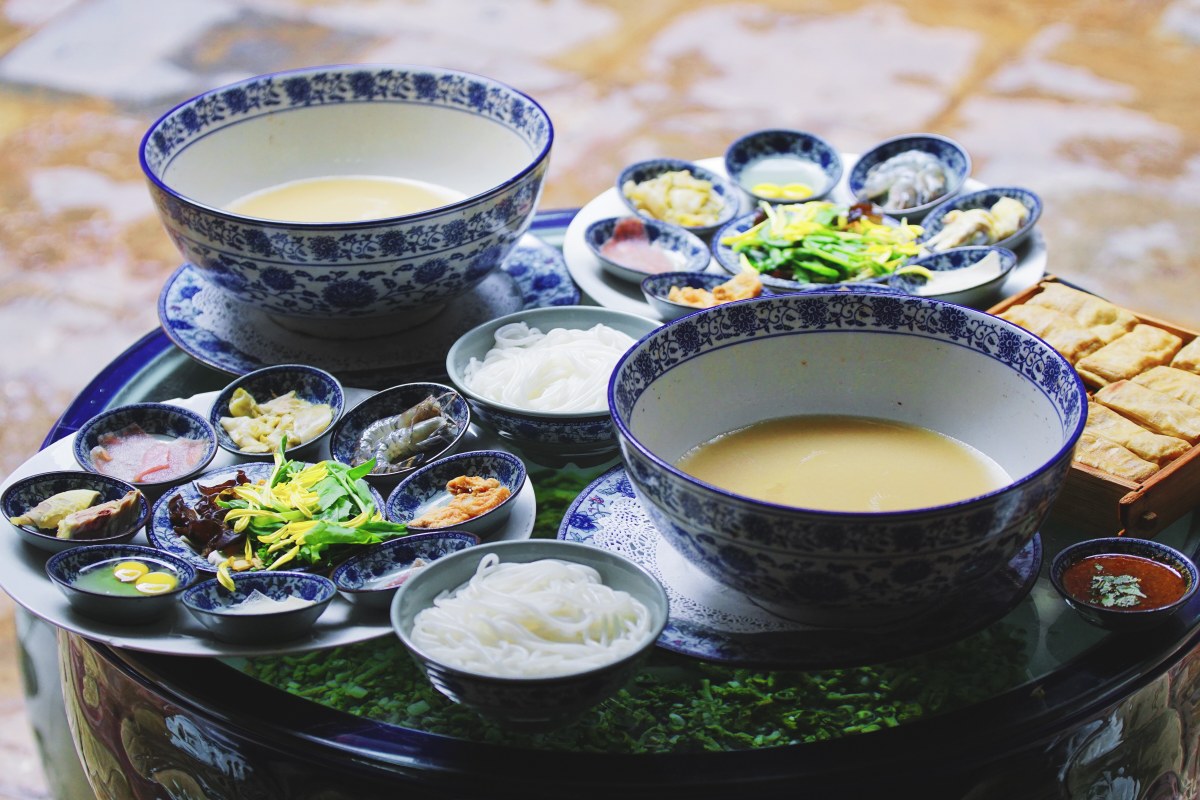
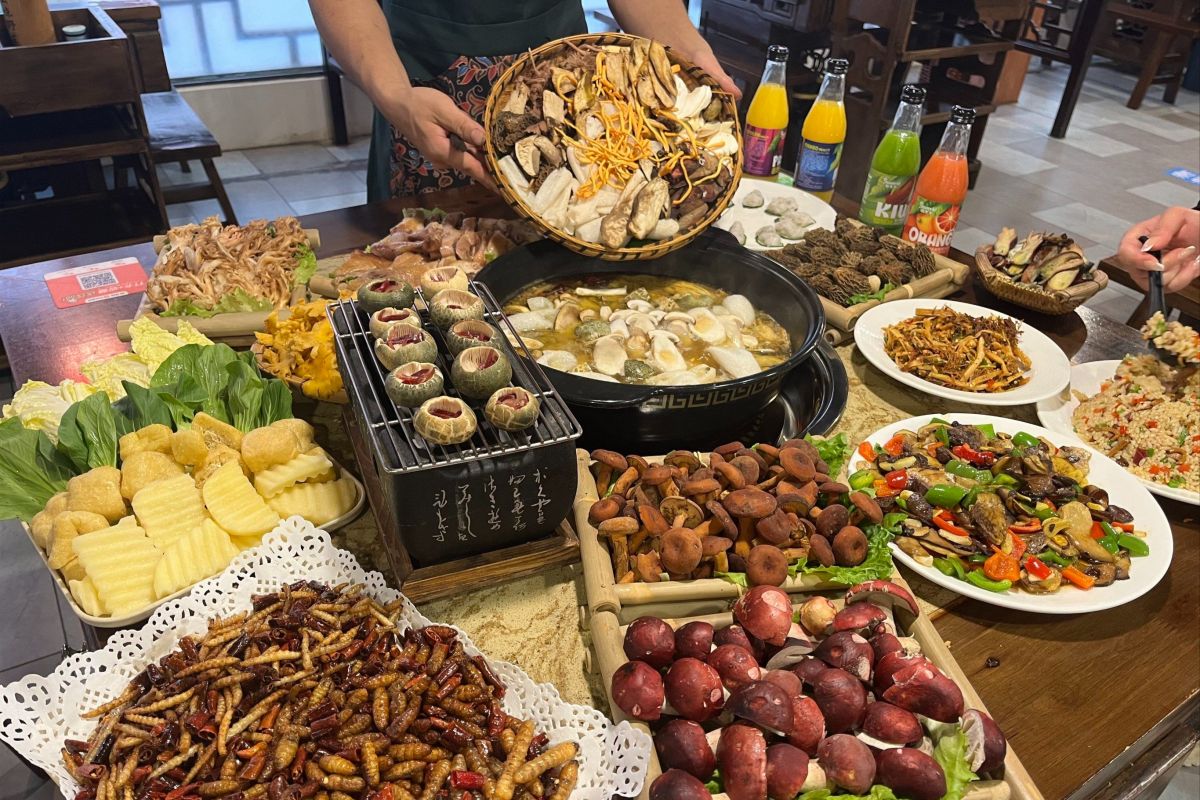
Popular Yunnan Tours: